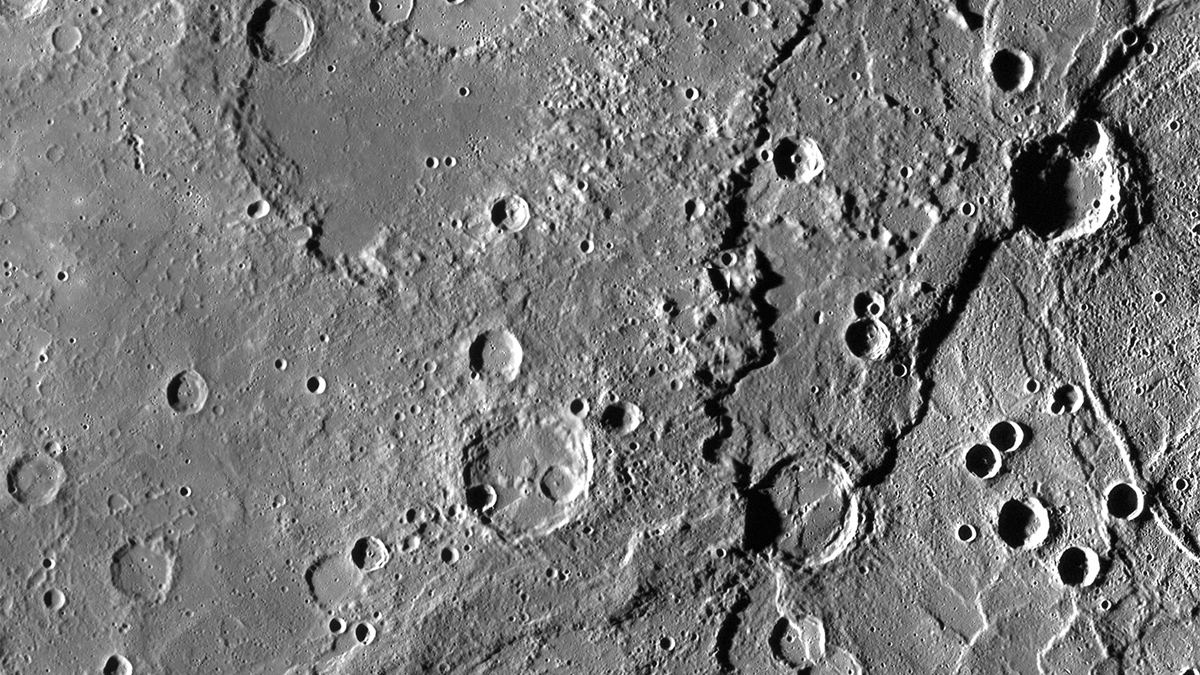Must-See Skywatching Events for May 2012
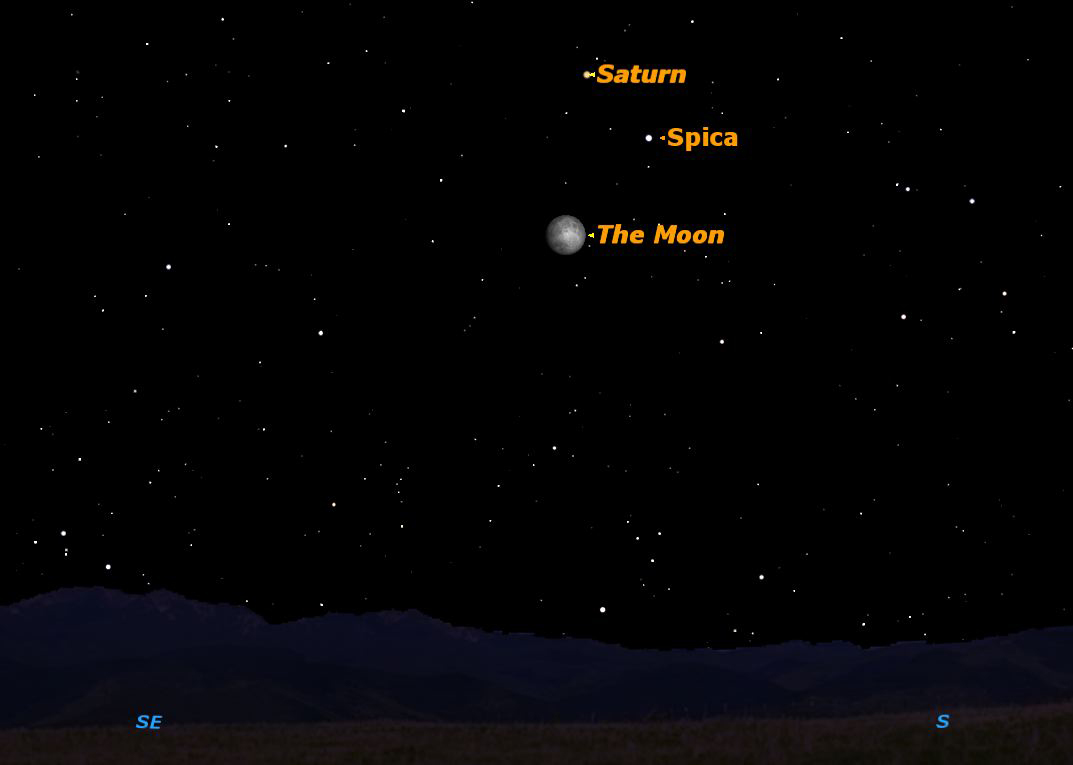
This page has been moved & improved. See our new Night Sky events & information page (and consider bookmarking it — it will now be updated at the same url every month).
In May 2012, the full moon is at its biggest, making it a supermoon for 2012, and later passes in front of the sun to create an annular solar eclipse. The planet Venus continues to shine extra bright in the sky, too. Take a look at May's most promising skywatching events below and happy stargazing!
Moon Phases
Sat., May 5, 11:35 p.m. EDT
Full Moon
The Full Moon of May is usually called the Milk Moon. In Algonquian it is called Flower Moon. Other names are Corn Planting Moon, Corn Moon, and Hare Moon. In Hindi it is known as Buddha Poornima. Its Sinhala (Buddhist) name is Vesak Poya. The Full Moon rises around sunset and sets around sunrise, the only night in the month when the Moon is in the sky all night long. The rest of the month, the Moon spends at least some time in the daytime sky. May's Full Moon is the largest of 2012 and occurs when the moon is at its closest point to Earth, making it a so-called "supermoon."
Sat., May 12, 5:47 p.m. EDT
Breaking space news, the latest updates on rocket launches, skywatching events and more!
Last Quarter Moon
The Last or Third Quarter Moon rises around 2:15 a.m. and sets around 1:45 p.m. It is most easily seen just after sunrise in the southern sky.
Sun., May 20, 7:47 p.m. EDT
New Moon
The Moon is not visible on the date of New Moon because it is too close to the Sun, but can be seen low in the east as a narrow crescent a morning or two before, just before sunrise. It is visible low in the west an evening or two after New Moon.
Mon., May 28, 4:16 p.m. EDT
First Quarter Moon
The First Quarter Moon rises around 1 p.m. and sets around 1:45 a.m.
Observing Highlights
Fri., May 4, evening
Saturn, Spica, and the Moon
A pretty grouping of a planet, a first magnitude star, and the Moon. Plus a slightly different grouping, not quite as close, the night before.

Sun., May 20, afternoon
Annular solar eclipse
Annular solar eclipse in the southwestern United States, visible as a partial eclipse over much of North America. Albuquerque NM will have one of the best views.
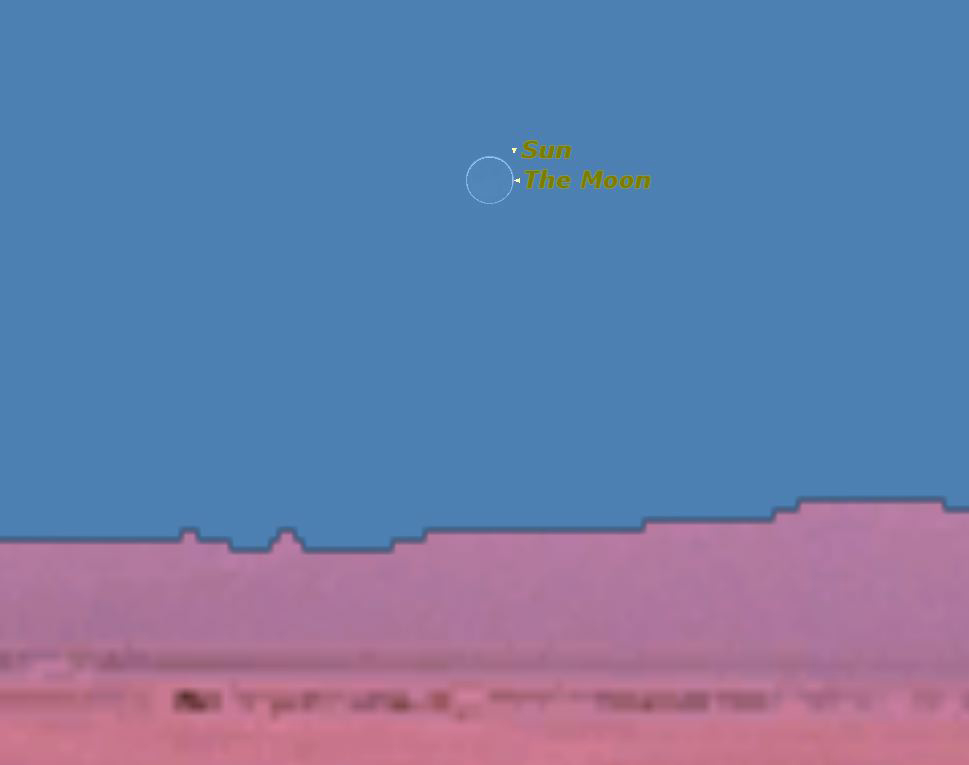
Sun., May 20, evening
Juno at opposition
A rare opportunity to spot the asteroid Juno at magnitude 9.8 at the borders of Serpens Caput, Libra and Ophiuchus. Use Yed Prior (Delta Ophiuchi) and Mu Serpentis to locate it.
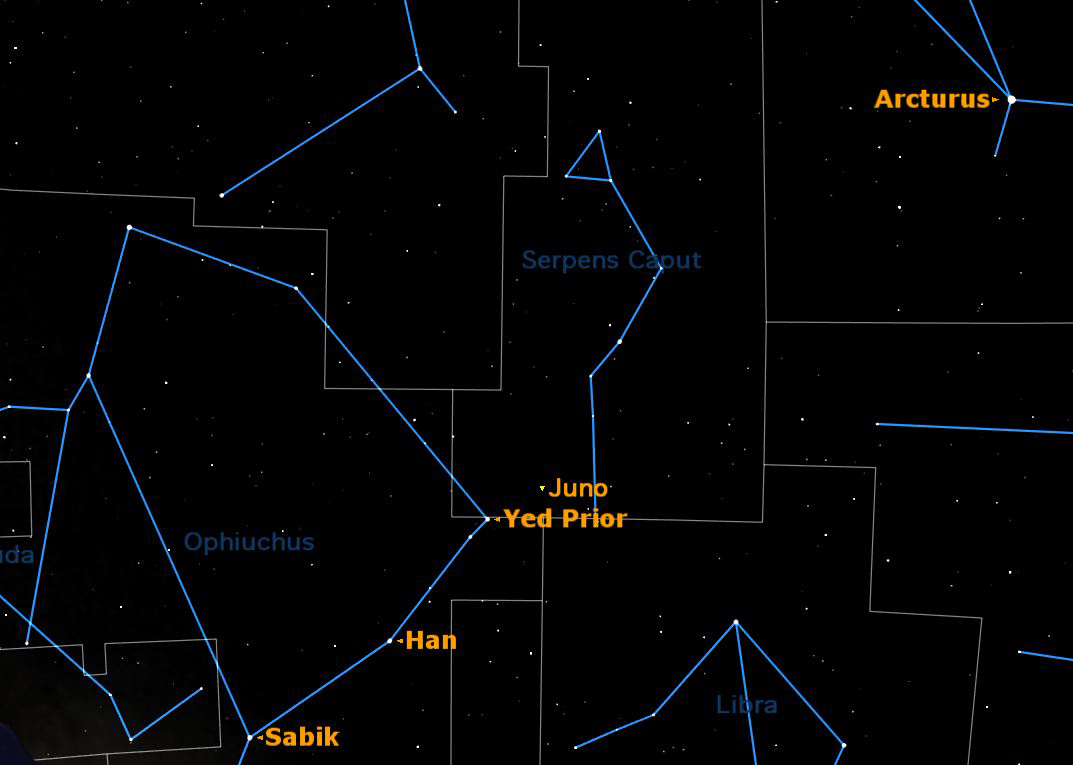
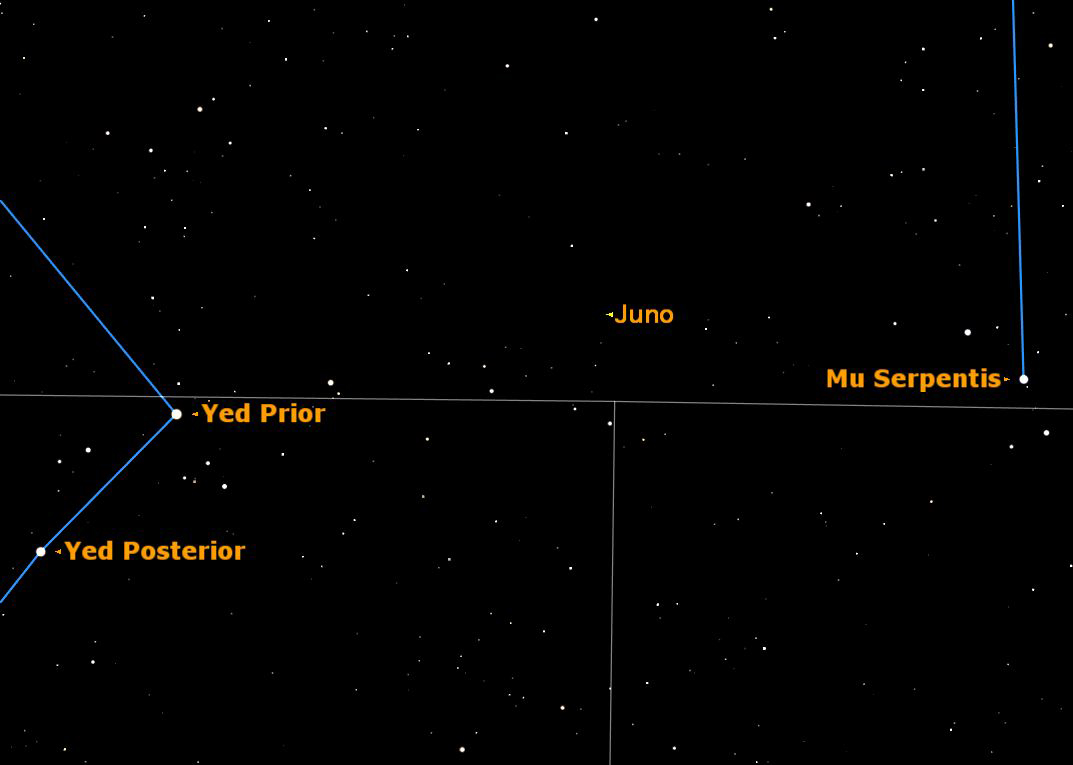
Tue, May 22, 2 p.m. EDT
Venus in daylight
Another opportunity to use the nearby crescent Moon to spot Venus in the daytime sky. Not as good as last month because Venus and the Moon are farther apart from each other and also closer to the Sun and not as bright as last month.

Planets
Mercury is too close to the Sun to observe all month.
Venus continues to be a brilliant object in the evening sky after sunset all month, heading towards inferior conjunction with the Sun on June 5, on which date it will transit in front of the Sun.
Mars is shrinking rapidly in size and brightness. In Leo all month, Mars is high in the south at sunset and sets around 2 a.m.
Jupiter is too close to the Sun to be observed all month.
Saturn continues to be a bright object in Virgo, visible most of the night.
Uranus is too close to the Sun to observe all month.
Neptune is visible low in the eastern sky in Aquarius just before dawn.
This article was provided to SPACE.com by Starry Night Education, the leader in space science curriculum solutions. Follow Starry Night on Twitter @StarryNightEdu.
Join our Space Forums to keep talking space on the latest missions, night sky and more! And if you have a news tip, correction or comment, let us know at: community@space.com.

Geoff Gaherty was Space.com's Night Sky columnist and in partnership with Starry Night software and a dedicated amateur astronomer who sought to share the wonders of the night sky with the world. Based in Canada, Geoff studied mathematics and physics at McGill University and earned a Ph.D. in anthropology from the University of Toronto, all while pursuing a passion for the night sky and serving as an astronomy communicator. He credited a partial solar eclipse observed in 1946 (at age 5) and his 1957 sighting of the Comet Arend-Roland as a teenager for sparking his interest in amateur astronomy. In 2008, Geoff won the Chant Medal from the Royal Astronomical Society of Canada, an award given to a Canadian amateur astronomer in recognition of their lifetime achievements. Sadly, Geoff passed away July 7, 2016 due to complications from a kidney transplant, but his legacy continues at Starry Night.

